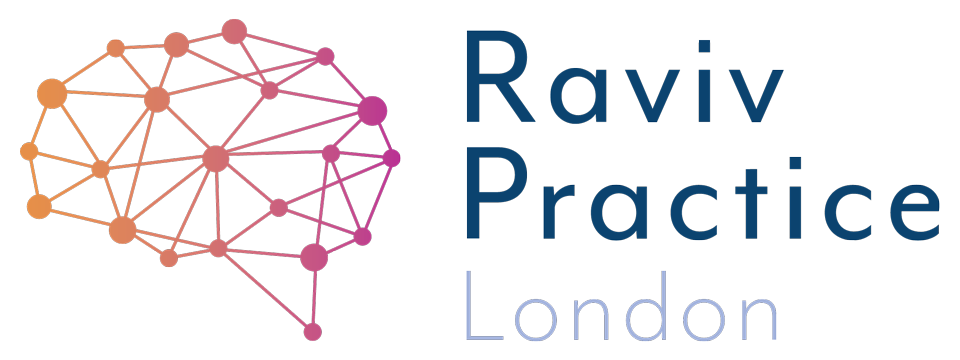The Secret of removing distractions
No matter how good the book is that you’re reading, do you ever have that itch to jump to the next most fascinating book on your list?
Or, maybe as a brilliant book nears its end you feel an anxiety because you are coming to an end of something wonderful and you don't want it to end. Or perhaps the stack is low and you don’t know what your next “reading fix” will be?
This is my dilemma! I love reading to learn more about how to make the lives of children and their parents easier ….we can never learn enough. So I can find myself distracted by the next good title.
My next most fascinating book will be 'The boy who was raised as a Dog' by Dr Bruce Perry. Isn't the title just so intriguing? It comes highly recommended by many of my therapist friends and highly rated by Amazon. Even Oprah Winfrey recommends this book.
Isn't the title just so intriguing?
As a warm-up intro, I decided to listen to one of Dr Perry's YouTube lectures while cooking the family meal. Chopping and listening to lectures is a match made in heaven, therapeutic in every way possible. As I was halfway through second vine tomato, it just struck me what he said.
"The role of safety, predictability, nurturing play, shapes us and how we think and behave..."
All of a sudden, like that famous clip in Jaws, I zoomed in on a truth…
You see, my teacher and mentor, Bill Hubert, founder of Bal-A-Vis-X, is a firm believer in the importance of rhythm. But I have always wondered why this particular therapy works so well? How do we transport anxious children to a state of reason and calmness using this therapy? Why does it work time and time again?
On that second vine tomato, it hit me. Dr Perry was talking about predictability. Predictable outcomes for predictable activities gives us a deep emotional sense of safety. That safety can be experienced again and again when we repeat the action. Rhythm is created when you repeat predictable actions. Therefore rhythm gives both predictability and a deeper sense of safety as we move from ‘random’ to ‘order’.
But predictability is not the whole story in activating the brain and body. Something else is required, and that critical ingredient is vestibular movement.
Our vestibular sense is the brain’s way of noticing movement and adapting the body’s response accordingly.
When your child moves their head up, down, side to side, forward or backward, sensory receptors in their inner ear capture information about the speed and direction of that movement in relation to gravitational pull. In response the brain switches on other senses, such as sight and hearing, to help create the optimum response to this vestibular movement.
With brain, body and senses coordinated, your child has the best information available to automatically complete the movement whilst keeping their balance. Therefore they can, for example, lean down to pick something up without overbalancing.
Helpfully for those wanting to ignore distractions, the better that the vestibular system links with other senses, the better the focus that can be achieved. Subtle improvements help develop new levels of focus, ie the body is more physically coordinated and organised, so it becomes easier to sit still in a learning situation, and to focus on the job at hand.
By activating the brain and the body and using every part of our system we effectively drown out distracting thoughts. This holistic respite trains the body to experience how it feels to have control… and short bursts can be longer with every predictable repetition.
Going to the park and having a play outside does a world of good, but a child over-stimulated by frantic activity is not calmed in the least. By comparison, there is great security in sitting on a swing or rocking and moving with smoothness rather than awkward jerkiness.
Are you the teacher/parent of a highly distracted child?
Is your child constantly distracted and can’t get their homework done? You may want to look into the ‘parent/teacher empowering’ 2-Day workshop we run on Bal-A-Vis-X. In the workshop we cover a series of simple balance and coordination excercises. Repeating these daily for ten to twenty minutes will enable you to engage your faculties and senses, control distractions and improve concentration. Once you’ve learned the techniques you can pass it on to your child and give them robust skills in keeping on focus.
Dyslexia? Dyspraxia? ADHD? ASD? Speech & Language? Developmental Delay? Anxiety?
Is every school day a struggle? As a parent, you may feel exhausted and on this journey alone. Each year you see the gap getting wider. You need to do something - change the approach, help your child learn for themselves, find a way to turn this around - to help while you can - do this NOW. the first step is free.
About the Author
Usha Patel is a Neurocognitive Therapist and Director at Raviv Practice London. Parents searching to help their suspected/neurodiverse child can get evidence-based solutions with results in as little as 8 weeks. Those in search of jargon-free help can get started straight away.


